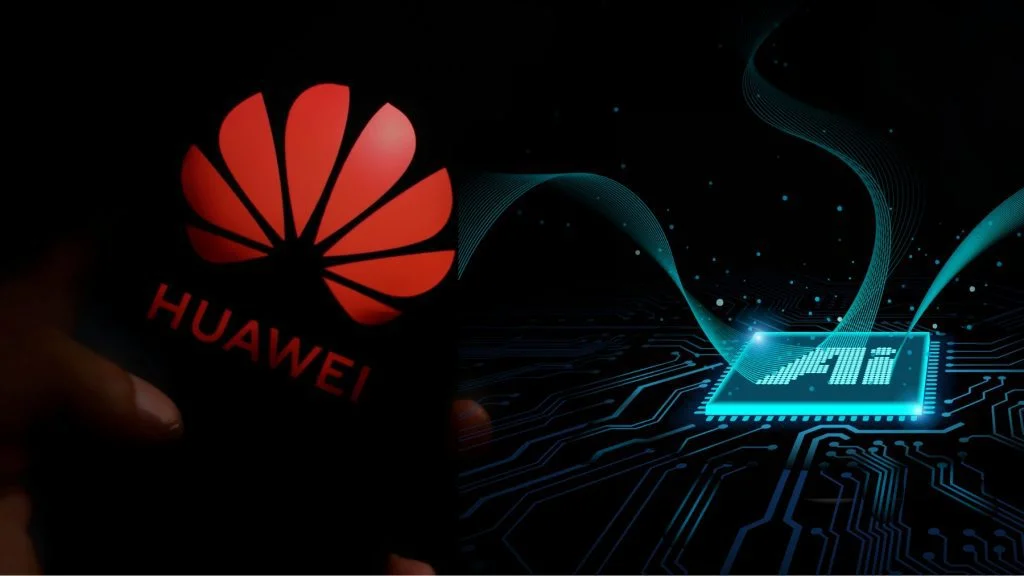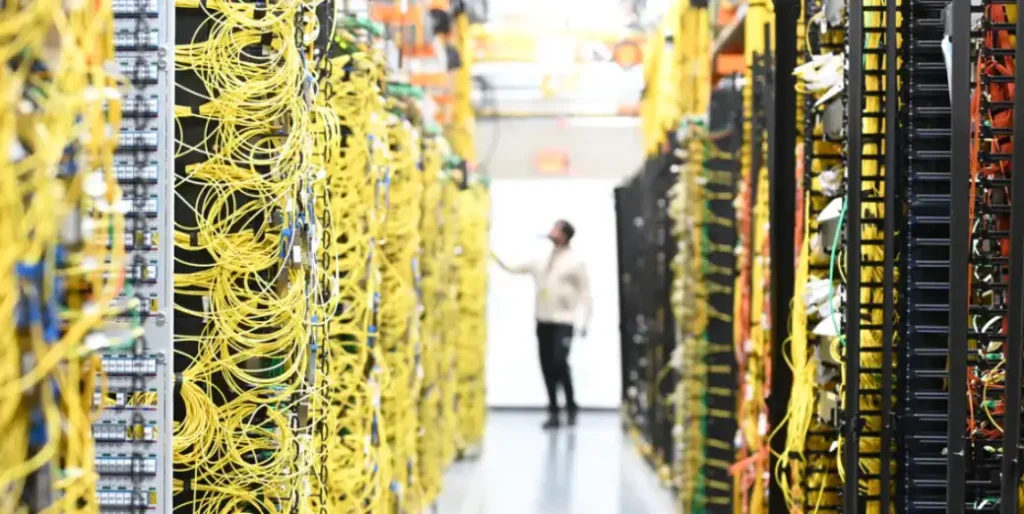Huawei Technologies is preparing to roll out mass shipments of its cutting-edge AI chip, the Ascend 910C, as early as next month, signaling a pivotal moment for China’s semiconductor industry. According to insiders familiar with the development, initial deliveries have already begun, setting the stage for what could become a defining chapter in China’s race to overcome foreign technology restrictions.
The timing could not be more strategic. As Washington clamps down on exports of advanced chips like Nvidia’s H20, Chinese artificial intelligence firms are scrambling to secure powerful domestic alternatives. Huawei’s new processor is emerging as a viable substitute, offering competitive performance while circumventing U.S. export rules.
A Game-Changing Chip Designed to Compete with Nvidia’s Elite
The Ascend 910C is not just a routine upgrade—it represents a significant architectural leap. Sources say it leverages dual 910B processors, seamlessly integrated into a single unit using advanced packaging techniques. This unique design allows it to deliver nearly twice the performance and memory capacity of its predecessor, the Ascend 910B.
Despite not being a breakthrough in raw chip technology, the 910C is engineered for high-efficiency AI workloads, achieving results on par with Nvidia’s highly sought-after H100 chip in inference scenarios. Industry watchers note that this kind of performance—especially within a restricted technological environment—is a major achievement for China’s chip sector.
Recent tests have already confirmed the chip’s power. DeepSeek, a leading Chinese AI firm, has used the 910C to run large-scale models, reporting performance that matches up to 60% of what Nvidia’s H100 can achieve in inference tasks.
Nvidia’s Exit Opens a Door for Domestic Competitors
The emergence of Huawei’s new chip is tightly linked to recent moves by the U.S. government, which has further tightened export regulations for American-made AI technology. Earlier this month, Nvidia was informed that even its slightly watered-down H20 chip—designed to comply with previous rules—would now require an export license to be sold in China.
This development follows previous bans on top-tier Nvidia chips, including the H100 and B200, which Washington blocked from reaching Chinese buyers due to concerns over their potential military applications. These restrictions have left a massive gap in China’s AI infrastructure, particularly for firms relying on GPUs to train and deploy machine learning models.
Into this vacuum steps Huawei, alongside other domestic contenders like Moore Threads and Iluvatar CoreX. These companies are now racing to replace Nvidia as the go-to supplier for China’s rapidly expanding AI ecosystem.
From Design Table to Fabrication: Challenges in Building the 910C
Huawei’s ability to produce the 910C at scale depends heavily on China’s top chip manufacturer, Semiconductor Manufacturing International Corporation (SMIC). The 910C relies on SMIC’s 7nm N+2 node—a sophisticated process given the country’s limited access to cutting-edge chipmaking tools.
However, the road to mass production hasn’t been entirely smooth. Reports suggest that the manufacturing yield for these chips remains low, with only about 20% of wafers producing fully functional chips. This figure falls below the thresholds typically required for large-scale commercial viability, posing a potential hurdle for Huawei’s rollout plans.
Moreover, sources revealed that some of the 910C units incorporate components initially fabricated by Taiwan Semiconductor Manufacturing Company (TSMC) for unrelated projects. Since TSMC halted shipments to Huawei back in 2020 due to U.S. trade sanctions, the origin of these components raises further questions about how Huawei has sourced parts for its chips. TSMC has publicly reiterated its commitment to compliance with all export control regulations.
Filling the Void: 910C Becomes China’s New AI Workhorse
Industry analysts widely believe that Huawei’s 910C will soon become the default AI chip in China for training and deploying large-scale models. Paul Triolo, a partner at the consulting firm Albright Stonebridge Group, stated that the new export curbs will almost certainly make Huawei’s processor the go-to solution for Chinese AI firms.
Its ability to support PyTorch and other mainstream machine learning frameworks adds to its appeal. Even though Huawei uses its own deep learning compiler—CANN—developers can now convert CUDA-based code to CANN with minimal changes, greatly reducing the friction of switching from Nvidia to Huawei chips.
Furthermore, Huawei’s chip aligns with China’s broader strategy of reducing dependency on U.S. technology across critical sectors. As geopolitical tensions remain high, especially between Washington and Beijing, securing control over advanced computing infrastructure has become a national priority.
A Turning Point in China’s AI Independence Journey
The release of the Ascend 910C marks more than just a new chip on the market—it symbolizes China’s ongoing struggle for technological sovereignty. Over the last five years, Beijing has invested heavily in semiconductor self-reliance. These efforts have become even more urgent following sanctions that limit China’s access to foreign chipmakers and fabrication tools.
The launch of the 910C also mirrors Huawei’s broader comeback. Once crippled by U.S. trade bans, the company has managed to defy expectations by producing not only smartphones with domestically made chips but now a GPU that could anchor China’s AI ambitions.
Although the 910C does not yet match Nvidia’s flagship GPUs in raw performance, its accessibility within China and compatibility with key software ecosystems give it a critical edge. For companies building and scaling generative AI models, having a reliable and legal chip source within the country is invaluable.
Looking Ahead: Challenges Remain, But the Momentum Builds
Huawei’s path forward will depend on whether it can resolve current manufacturing inefficiencies and increase chip yield at SMIC’s fabs. Additionally, it remains to be seen how quickly the 910C can be integrated into AI datacenters and cloud platforms at a national scale.
Yet, even with these limitations, Huawei’s entry into the high-performance GPU segment reshapes the AI landscape in China. As domestic demand grows and U.S. restrictions tighten, the need for homegrown technology becomes more urgent—and Huawei is poised to play a central role in filling that void.
If these trends continue, the Ascend 910C could signal the beginning of a broader transition within China’s AI sector: one where innovation is driven more by necessity and resilience than by access to global markets.
In summary, Huawei’s Ascend 910C is not just a response to U.S. export sanctions—it is a strategic asset in China’s pursuit of self-reliant innovation. While it may not outpace Nvidia in the global market just yet, its timely release has positioned it as a cornerstone in China’s evolving AI infrastructure.












